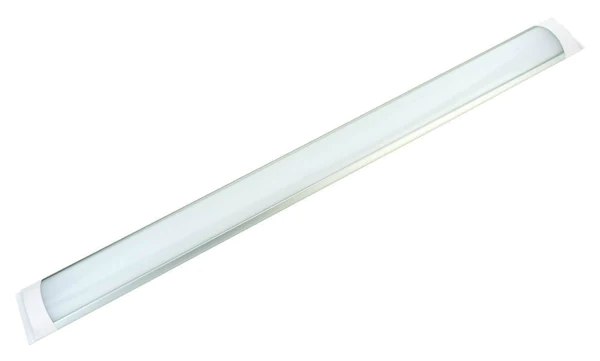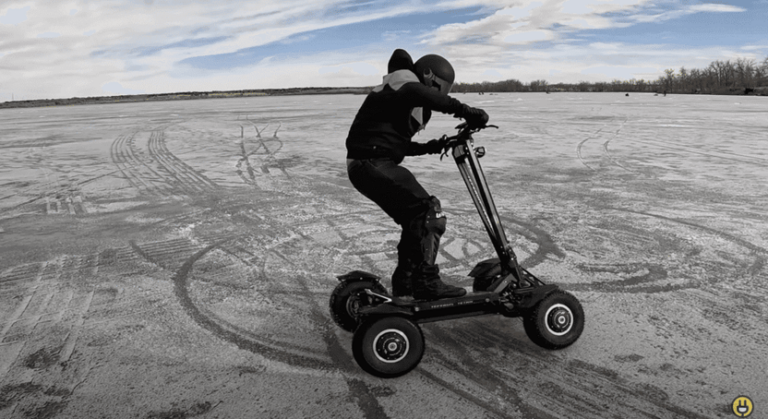
In today’s fast-paced world, where technology is constantly evolving, the lighting industry has also seen remarkable advancements. One such innovation that has gained immense popularity is LED batten lights. These sleek and energy-efficient lighting solutions have taken the market by storm, offering versatile illumination for various spaces. As we delve into the realm of LED batten light quantity, we’ll unravel the key considerations that ensure optimal lighting and ambiance in any environment.
Understanding LED Batten Lights: A Brief Overview
LED batten lights, often referred to as linear LED fixtures, have emerged as a go-to lighting option for residential, commercial, and industrial applications. Their elongated design, equipped with integrated LED modules, offers an even distribution of light across larger spaces, making them an excellent choice for areas like offices, warehouses, retail stores, and even homes. These fixtures not only provide bright illumination but also boast energy efficiency and durability, making them a sustainable lighting solution.
The Role of LED Batten Light Quantity
When it comes to LED batten lights, striking the right balance in terms of quantity plays a crucial role in achieving the desired lighting effect. The number of fixtures required depends on the dimensions of the space, the purpose of illumination, and the desired level of brightness. Let’s explore some key factors to consider when determining the appropriate LED batten light quantity:
1. Space Dimensions and Layout
The size and layout of the space directly influence the number of LED batten lights needed. A larger area would require more fixtures to ensure uniform lighting throughout. Conversely, a smaller space might necessitate fewer fixtures to avoid over-illumination. It’s essential to analyze the room’s dimensions, ceiling height, and any obstacles that might affect light distribution.
2. Purpose of Illumination
The purpose of the lighting installation greatly influences the number of LED batten lights required. For instance, in an office setting, the lighting requirements for individual workstations may differ from those for a conference room. Task-oriented areas might require higher light intensity, while ambient areas can have slightly fewer fixtures for a more relaxed atmosphere.
3. Desired Light Levels
Determining the desired light levels is crucial in deciding the LED batten light quantity. The industry standard unit of measurement for light intensity is “lux.” Lux readings define the amount of light falling on a surface area. Different tasks demand different lux levels. For instance, a retail store might need higher lux levels to accentuate products, while a hallway might require lower levels for safe passage.
4. Energy Efficiency and Cost Considerations
While it’s essential to ensure adequate lighting, energy efficiency is also a prime concern. Incorporating more LED batten lights than necessary not only consumes excess energy but also leads to higher upfront and operational costs. Striking the right balance between illumination and energy consumption is key to a successful lighting design.
5. Lighting Distribution
Uniform distribution of light eliminates shadows and ensures a comfortable environment. Placing LED batten lights strategically to achieve consistent lighting across the entire area is crucial. Avoiding glare and maintaining a balanced lighting scheme enhance the overall visual experience.
Calculating LED Batten Light Quantity: A Practical Approach
To calculate the optimal quantity of LED batten lights for a space, a combination of industry standards and practical considerations can be employed:
- Determine the Required Lux Levels: Identify the type of area (task-oriented, ambient, etc.) and refer to lighting standards or guidelines to find the recommended lux levels. For instance, an office might require around 500 lux, while a warehouse might need 200 lux.
- Calculate Total Luminous Flux: Find the total luminous flux required by multiplying the area’s size (in square meters) by the desired lux level (in lux). This gives you the total lumens needed to adequately light the space.
- Lumen Output per Fixture: Check the specifications of the chosen LED batten light fixture to determine its lumen output. Divide the total lumens required by the lumen output per fixture to get the approximate number of fixtures needed.
- Adjust for Light Distribution: Keep in mind that not all light from a fixture might reach the intended surface due to factors like reflectance and absorption. Adjust the quantity of fixtures accordingly to achieve even illumination.
- Iterate and Fine-tune: Depending on practical factors, iterate the calculations to ensure optimal lighting. Consider factors such as spacing between fixtures, potential glare, and overall visual comfort.
In Conclusion
LED batten lights offer a dynamic and energy-efficient lighting solution for a variety of settings. Achieving the right LED batten light quantity is an art that balances technical calculations with practical considerations. By understanding the space’s dimensions, purpose of illumination, desired light levels, and energy efficiency goals, you can create a lighting design that not only enhances the aesthetics but also contributes to the overall well-being of the occupants. Whether it’s a cozy home or a bustling commercial establishment, harnessing the power of LED batten lights in the right quantity will undoubtedly illuminate spaces in ways that were once only dreamed of.


